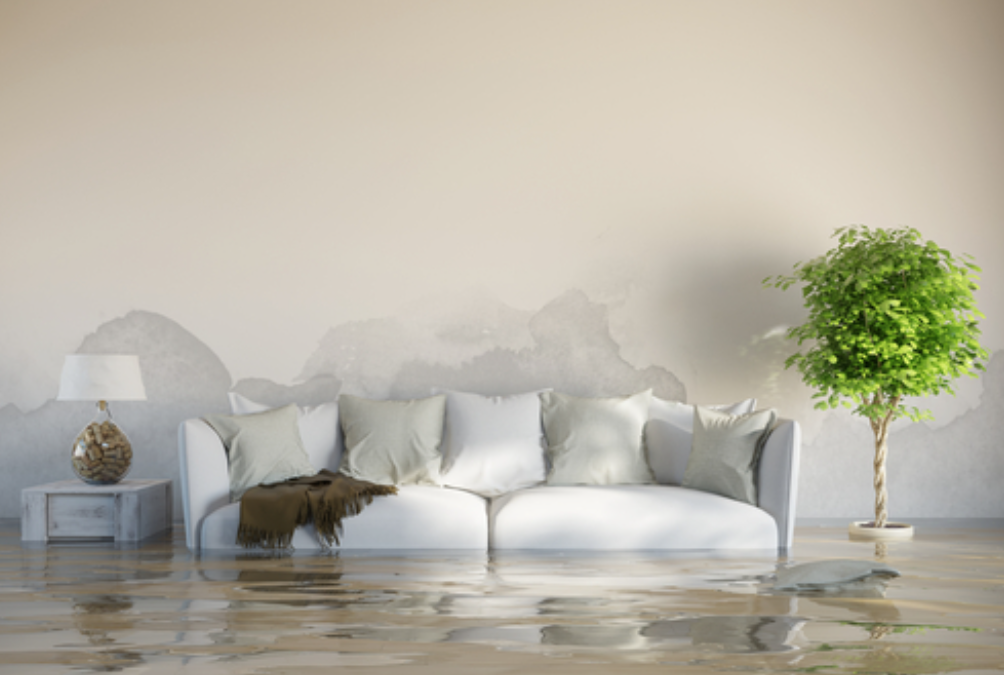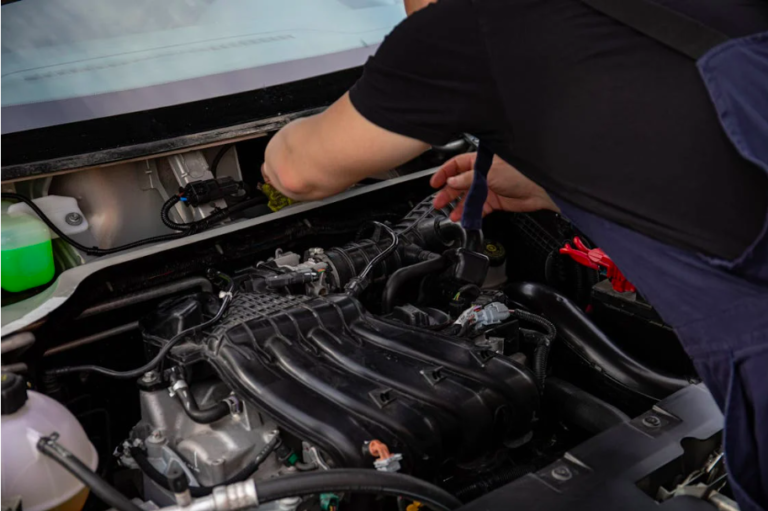Water Damage Restoration Timeline: How Long Does It Take?
Water damage can strike at any time, whether it’s due to a burst pipe, flooding, or a leaky roof. When disaster strikes, acting quickly is crucial to minimize damage and costs. However, many people wonder, “How long does water damage restoration take?” The answer depends on several factors, including the extent of the damage, the type of water involved, and the steps taken during the restoration process. In this blog, we’ll walk you through a typical water damage restoration timeline and explain what to expect during each stage.
What is Water Damage Restoration?
Water damage restoration is the process of cleaning, drying, and repairing properties after water-related disasters. The goal is to return the property to its pre-damage condition by removing standing water, drying affected areas, and repairing any structural or material damage. Professional water damage restoration teams have specialized equipment and training to ensure that the process is done safely and efficiently.
The timeline for water damage restoration can vary significantly, but understanding the typical steps involved can help you prepare for what lies ahead.
Factors That Affect the Water Damage Restoration Timeline
Before diving into the step-by-step process, it’s important to know that several factors can influence the time it takes to complete water damage restoration. These include:
- Extent of Damage: The more extensive the water damage, the longer the restoration process will take. A small leak in a confined area will take less time to repair than widespread flooding that affects multiple rooms or floors.
- Type of Water: The source of the water damage matters. Clean water from a broken pipe is easier and faster to address than gray or black water from sewage backups or contaminated sources. Black water requires more extensive cleaning and sanitation.
- Materials Affected: Different materials absorb water at different rates. Porous materials like drywall, carpets, and wood floors will take longer to dry and may need to be removed and replaced, while less absorbent materials like tiles or concrete can dry out faster.
- Response Time: Quick action can make a significant difference. The sooner water damage restoration begins, the faster the process can be completed, and the more you can mitigate long-term damage.
- Weather Conditions: In some cases, outside weather can affect the drying process. High humidity can slow down drying times, while dry and sunny conditions can speed things up.
Now that you understand the factors that can impact the timeline, let’s go through the typical water damage restoration process step by step.
The Water Damage Restoration Timeline
1. Emergency Response (Immediate – 24 Hours)
The first step in water damage restoration is to assess the situation and stop the source of the water. If a pipe has burst, turn off the main water supply. If it’s safe, disconnect electrical systems to prevent any hazards. Contact a professional water damage restoration service right away. Most reputable companies offer 24/7 emergency services because they understand how important it is to act fast.
Key Activities:
- Emergency call to a restoration company
- Immediate inspection and damage assessment
- Stopping the source of water
- Initial water extraction (if safe to do so)
2. Water Extraction (1 – 3 Days)
Once the source of water has been stopped, the next step is to remove standing water. Restoration companies use industrial-grade pumps and vacuums to quickly extract water from the affected area. This step is crucial to prevent further damage and reduce the risk of mold growth. The amount of time needed for water extraction depends on the volume of water and the extent of the affected areas.
Key Activities:
- Removal of standing water using pumps and vacuums
- Moving furniture and belongings to prevent additional damage
- Inspection of building structures and identifying high-risk areas
3. Drying and Dehumidification (3 – 7 Days)
After all visible water has been removed, the drying and dehumidification process begins. Even after water is extracted, moisture can remain hidden in walls, flooring, and other materials. Professional-grade air movers and dehumidifiers are used to dry out the affected areas thoroughly. This step is vital to prevent mold and mildew from developing, which can lead to additional health hazards and structural issues.
The drying process can take anywhere from 3 to 7 days, depending on the severity of the water damage. In cases of significant damage, it might take longer. Professionals will monitor the progress with moisture meters to ensure that everything is completely dry before moving to the next stage.
Key Activities:
- Setting up air movers and dehumidifiers
- Monitoring moisture levels regularly
- Drying out materials like drywall, floors, and furniture
4. Cleaning and Sanitizing (1 – 2 Days)
Water damage can leave behind contaminants, especially if the water source was from a sewer backup or flooding. Even clean water can promote bacterial growth if not handled properly. During this stage, affected items, including furniture, clothing, and other belongings, are cleaned, disinfected, and deodorized. Special antimicrobial treatments might be used to ensure there are no lingering bacteria or fungi.
Key Activities:
- Cleaning and sanitizing affected items and surfaces
- Applying antimicrobial treatments to prevent mold growth
- Removing odors using specialized equipment
5. Restoration and Repairs (Up to Several Weeks)
Restoration is the final stage of the water damage restoration process. Depending on the level of damage, this step can range from minor repairs, such as patching up drywall and replacing carpets, to more extensive rebuilding of rooms or sections of a home. If materials like insulation, drywall, or flooring were heavily affected, they might need to be removed and replaced entirely. The duration of this step varies based on the scope of work required and the availability of materials.
Key Activities:
- Replacing damaged drywall, insulation, and flooring
- Painting and restoring surfaces to pre-damage condition
- Rebuilding structural elements, if necessary
Average Timeline for Water Damage Restoration
To summarize, here’s a breakdown of a typical water damage restoration timeline:
- Initial Assessment and Water Extraction: 1 – 3 Days
- Drying and Dehumidification: 3 – 7 Days
- Cleaning and Sanitizing: 1 – 2 Days
- Restoration and Repairs: Up to Several Weeks (Depending on Severity)
In most cases, the entire water damage restoration process can be completed in about one to two weeks. However, if the damage is extensive and involves major repairs, it could take longer. The key to minimizing the timeline is to act quickly and hire experienced professionals who can efficiently manage each step of the process.
Why You Should Hire Professionals for Water Damage Restoration
Attempting to handle water damage restoration on your own can be risky, especially if you lack the necessary equipment and expertise. Professional restoration companies have the tools and knowledge to:
- Accurately Assess Damage: Professionals can identify all areas affected by water damage, including hidden spots that you may overlook.
- Efficient Water Removal: Industrial-grade pumps, vacuums, and moisture detection tools ensure fast and effective water extraction and drying.
- Prevent Health Hazards: Mold and bacteria can pose serious health risks. Professionals use antimicrobial treatments to ensure your home is safe.
- Restore Your Property: Experienced restoration teams can handle everything from minor repairs to major renovations, ensuring that your property is fully restored to its original condition.
Preventing Future Water Damage
While it’s impossible to prevent all instances of water damage, there are steps you can take to minimize the risk:
- Regularly Inspect Plumbing: Check pipes, faucets, and appliances for leaks or signs of wear. Fix any issues immediately.
- Clean Gutters and Downspouts: Make sure water is directed away from your home to prevent basement or foundation flooding.
- Install Water Detection Devices: Water sensors can alert you to leaks before they cause significant damage.
- Seal Windows and Doors: Ensure that seals around windows and doors are tight to prevent water seepage during heavy rain.
Conclusion
Water damage restoration is a multi-step process that requires careful planning and execution. The timeline can vary depending on the extent of the damage, the type of water involved, and how quickly the restoration begins. By understanding the typical steps involved, you can better prepare for the process and know what to expect.
If you experience water damage, remember that time is of the essence. Contacting a professional water damage restoration service right away can save you time, money, and stress. Their expertise ensures that your home will be safely and efficiently restored, allowing you to get back to normal life as quickly as possible.







